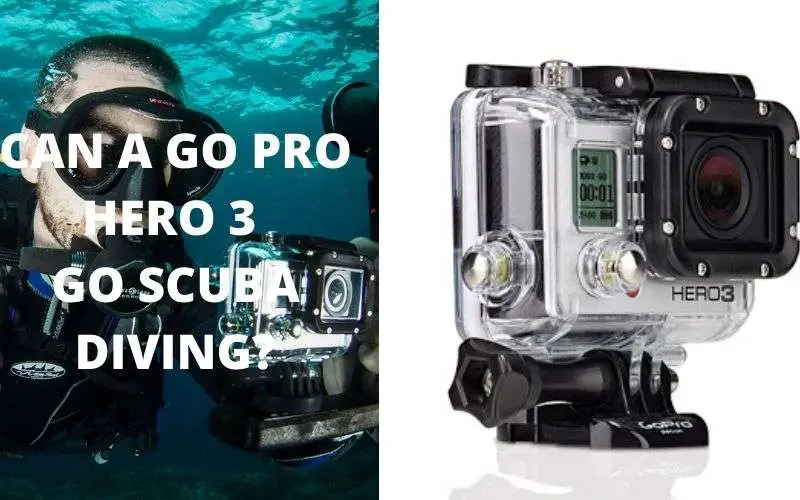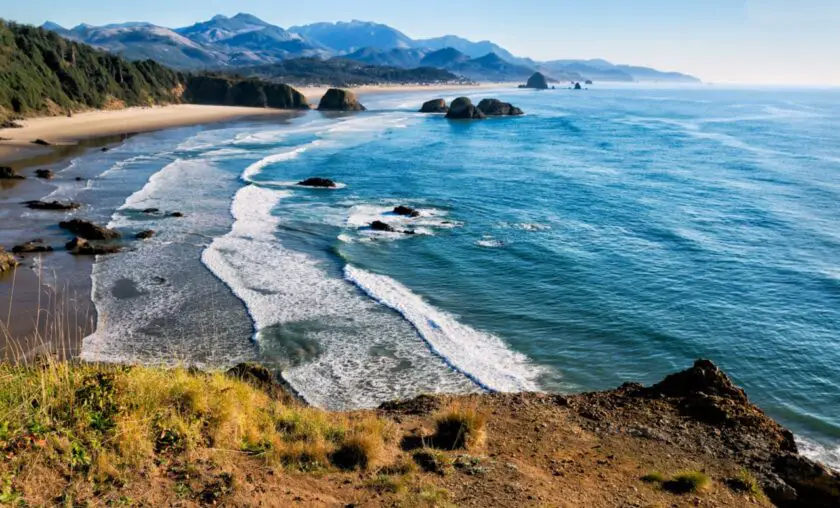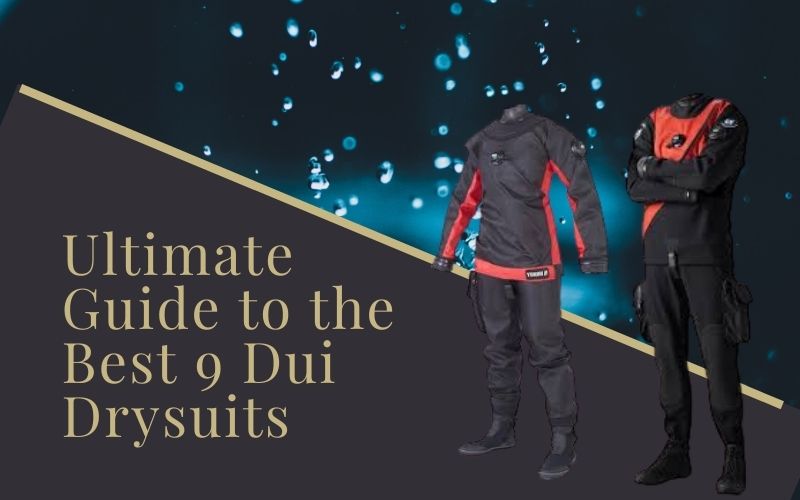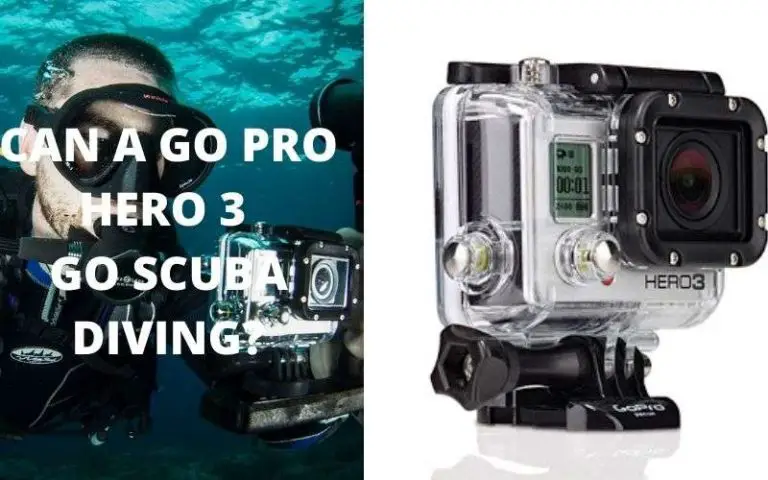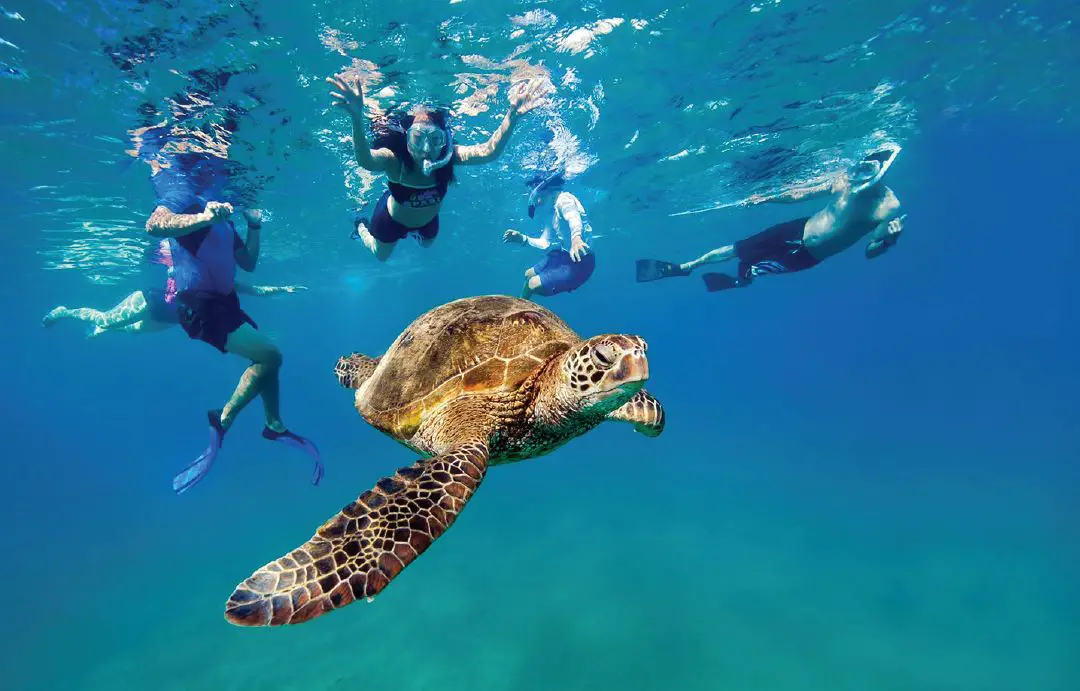
Snorkeling alongside sea turtles in their natural habitat is a remarkable and unforgettable experience that should be on every nature lover’s bucket list.
Witnessing these ancient mariners in action, gracefully gliding through the underwater realm, is a privilege that offers incredible photographic opportunities and lifelong memories. However, it’s essential to approach this encounter with respect for these magnificent creatures and the environment they inhabit.
In this comprehensive guide, we’ll explore the best places around the world to snorkel and swim with sea turtles, how to do it responsibly, and fascinating facts about these gentle giants.
Best Places to Snorkel and Swim with Sea Turtles
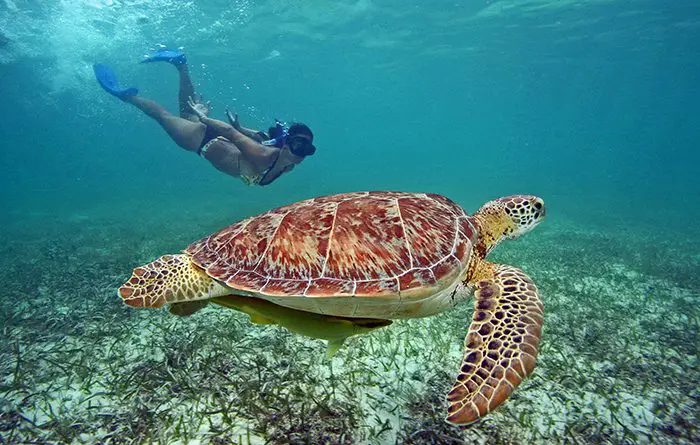
Key West, Florida
Key West, with its crystal-clear aqua blue waters, is home to five out of seven sea turtle species: Loggerhead, Green, Leatherback, Hawksbill, and Kemp’s Ridley. While snorkeling here, you might even catch a glimpse of the endangered Hawksbill and Kemp’s Ridley turtles.
Maui, Hawaii
Snorkeling with sea turtles in Maui offers an unparalleled experience. Popular spots include Mokulei’a Bay, Honolua Bay, Napili Bay, Pu’u Keka’a (Black Rock), Olowalu, and Mala Wharf. On the south side, check out Maluaka Beach and Nahuna for Hawaiian Green sea turtles.
Costa Rica
Costa Rica is home to four sea turtle species: Hawksbill, Olive Ridley, Leatherback, and Green turtles. Witness Olive Ridley turtles year-round along the Pacific coast, with September and October being the prime months. Hawksbills are found on the Caribbean coast from March to October in places like Cahuita National Park and Tortuguero National Park.
Jamaica
The north coast of Jamaica, around Montego Bay, Ocho Rios, and Kingston Harbour’s Palisadoes Spit, hosts Hawksbill and Green turtles. Hatchlings emerge between May and December, offering a chance to witness the adorable baby turtles during “Beach Clean-Up Day” in late September.
Mexico
The Yucatan Peninsula, particularly the Riviera Maya-Cancun Coast, is a haven for sea turtles. Explore Akumal Bay, Sian Ka’an Biosphere Reserve, and X’Cacel Beach to encounter Hawksbill, Loggerhead, and Green turtles. The Pacific coast is home to Olive Ridley, Leatherback, and Green Turtles, while Kemp’s Ridley can be found in the Gulf of Mexico.
Belize
Belize’s warm, clear waters provide an ideal habitat for Hawksbill, Loggerhead, and Green turtles, often seen near barrier reefs and sponge-rich coasts.
Thailand
Thailand offers excellent chances to spot sea turtles at the Similan Islands, Phi Phi Islands, and Surin Islands. Hawksbill and Green turtles are the most common species encountered here.
Indonesia
Maratua Island’s Turtle Traffic is a remarkable spot for observing Hawksbill and Green sea turtles. Derawan, Sangalaki, Gili Meno, Gili Air, and Gili Trawangan are also excellent places to interact with these friendly creatures.
Malaysia
Sipadan Island in Malaysia is a paradise for Green and Hawksbill turtles. Guided tours offer the opportunity to witness their activities, including mating, especially during low tide.
The Philippines
The Philippines is home to five sea turtle species, including the Hawksbill, Leatherback, Loggerhead, Green, and Olive Ridley turtles. Sites like Apo Island, Pescador Island, Balicasag Island, Mantigue Island, Helicopter Island, and Turtle Bay offer fantastic opportunities to swim alongside them.
How to Snorkel with Sea Turtles Responsibly:
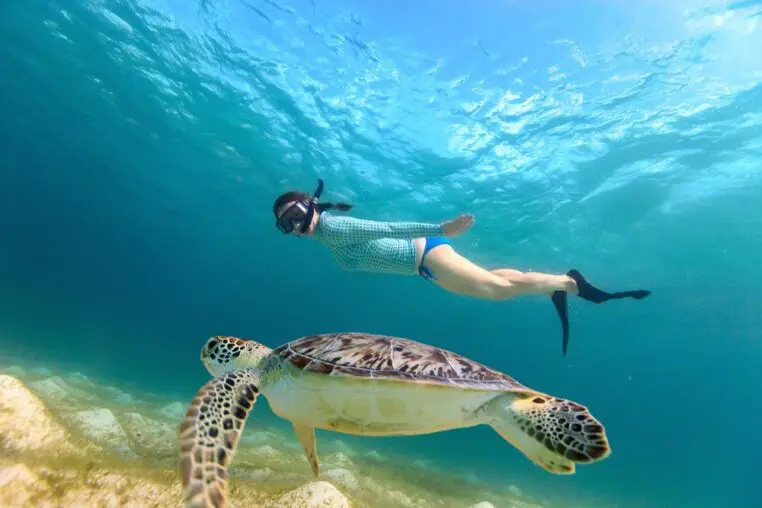
- Maintain a Safe Distance: Always observe sea turtles from a safe distance of at least 5-10 feet. Avoid chasing, grabbing, or riding them, as they are protected by law and can bite if threatened.
- Consider a Guided Tour: Hiring a professional tour guide is a responsible choice, as they have the necessary permits and knowledge to provide an educational and respectful experience.
- Don’t Feed Them: Feeding sea turtles human food can harm their health, alter their behavior, and make them more vulnerable to boat strikes. Let them feed naturally on their preferred diet.
- Wear Protective Gear: In areas with jellyfish, consider wearing a full snorkeling wetsuit or rash guard to protect against potential stings.
- Stay Calm: Remain calm and still while observing sea turtles to avoid scaring them away. Allow these magnificent creatures to approach you if they’re curious.
Threats to Sea Turtles
- Sea turtles face various threats, including boat propeller strikes, entanglement in fishing nets, pollution, coastal development, and illegal poaching. Climate change may also impact gender ratios among hatchlings due to temperature fluctuations during incubation.
- Plastic waste poses a significant danger to sea turtles, as they can get entangled in debris, leading to injury or drowning. Sea turtles often mistake floating plastic bags for jellyfish, which can result in ingestion, choking, and suffocation. It is crucial to prevent marine pollution by refraining from discarding single-use plastic waste into the ocean.
Are Sea Turtles Dangerous?
While sea turtles are generally not aggressive towards humans, any wild animal has the potential to cause harm if provoked. Sea turtles have powerful jaws and sharp beaks, capable of causing bruises, cuts, or even broken bones.
However, their temperament varies among species and individuals. Most sea turtles are shy and tend to avoid swimmers, snorkelers, and divers.
It is essential to exercise caution and refrain from touching or approaching sea turtles closely. Not only is such behavior dangerous, but it is also illegal and may result in heavy fines. Always respect their space and observe from a safe distance.
Interesting Sea Turtle Facts
- Sea turtles are ancient creatures that have been around since the age of dinosaurs. There are seven species of sea turtles, all of which are currently endangered.
- These reptiles have scaly skin, are cold-blooded, breathe air (they lack gills), and lay their eggs on land.
- Sea turtles lay their eggs on beaches, and unfortunately, many of these eggs fall prey to predators or suffer damage from human activities. Hatchlings face the perilous journey from land to water, with only a fraction surviving to adulthood.
- Sea turtles can live up to approximately 80 years, and interestingly, after hatching, males never return to land, whereas females return to their birthplace to lay eggs.
- These remarkable creatures prefer temperate and warm waters and can migrate thousands of miles across oceans to reach warmer regions.
- Sea turtles can reduce their heart rate to conserve oxygen, allowing them to stay underwater for up to five hours. However, they must resurface periodically, as they breathe air.
- Unlike tortoises and land turtles, sea turtles cannot fully retract their bodies into their shells.
- They use their rear flippers for steering and their front flippers for propulsion. Sea turtles have diverse diets, including sponges, algae, shrimps, sea grass, crabs, mollusks, and jellyfish.
- The time it takes for sea turtles to reach sexual maturity varies from 10 to 50 years, depending on the species.
- Female sea turtles can lay up to 150 eggs every few years, but the mortality rate among hatchlings is extraordinarily high. It’s estimated that out of one thousand hatchlings, only one survives long enough to reach breeding age.
Swimming with Sea Turtles – Recap
- Snorkeling and swimming with sea turtles offer an unforgettable experience in various global destinations. However, it’s crucial to approach these encounters with responsibility and respect.
- Consider hiring a professional tour guide who can provide valuable insights and ensure you follow local regulations.
- Always maintain a safe distance from sea turtles, refrain from touching or feeding them, and wear protective gear when needed.
- Recognize the threats that sea turtles face from human activities, including pollution, habitat destruction, and climate change. Support conservation efforts to protect these magnificent creatures for future generations.
Conclusion
Swimming with sea turtles is not just an adventure; it’s a chance to connect with nature and contribute to the preservation of these incredible marine animals.
By following responsible practices, you can enjoy this experience while ensuring the well-being of sea turtles and their fragile ecosystem.




